Black Granite
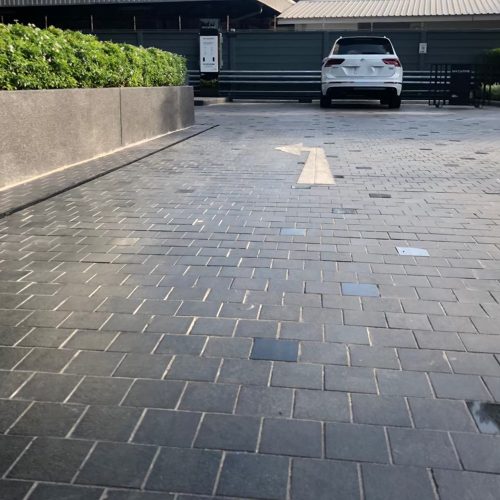
Specification
Critical in using Black Granite is that it must be non-fading in the ultra-
violet radiation. Selecting the material from Geological Formations,
which reached the minimum pressures and temperatures so the black
minerals, eg. pyroxenes and amphiboles could crystallize properly.
During subsequent cooling and uplifting, these rocks must have
preserved their integrity so the black colour is ever lasting. Without
studying the stone at microscopic scale you can’t be sure of its quality.
Geological expertise is the key in trusting your supplier.
In our tropical conditions, bright sunlight and abundant rainfall, the
stone remains the same over long periods. Being flamed and brushed
it’s non-slippery and requires virtually no maintenance. In full sunlight
it’s self cleaning for oil and grease stains.
Available Sizes
10x10x2 cm. / 30x60x2 cm. / 60x60x2 cm.
Other sizes available on request
Recommended Uses
- FLOORING & WALL CLADDING
- POOL COPING & DRIVEWAY & PARKING AREA


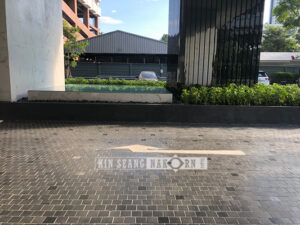


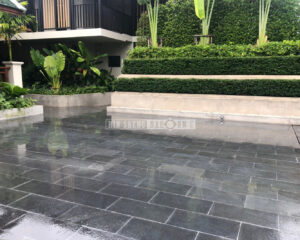




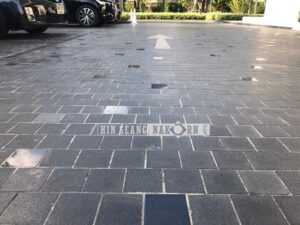
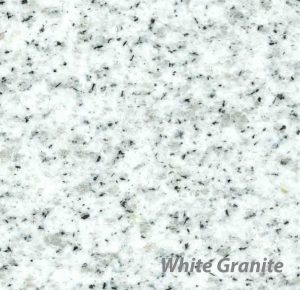
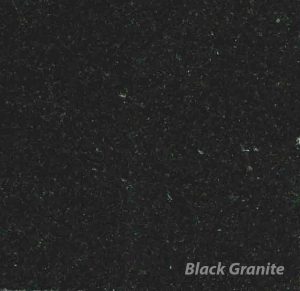
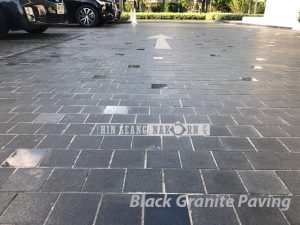
You must be logged in to post a comment.